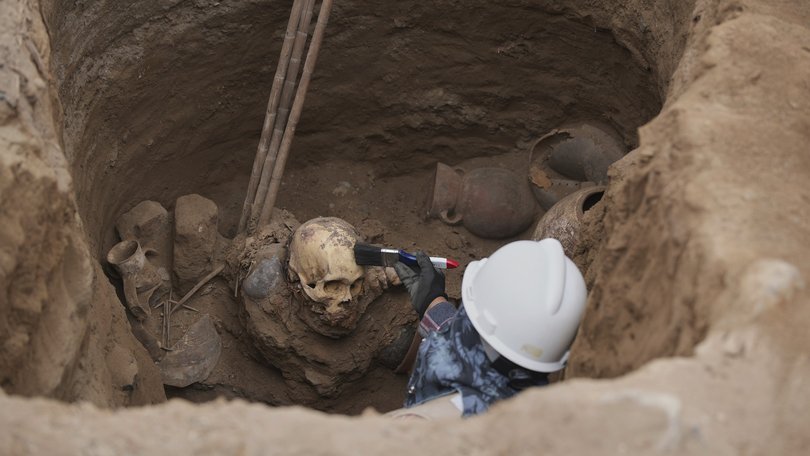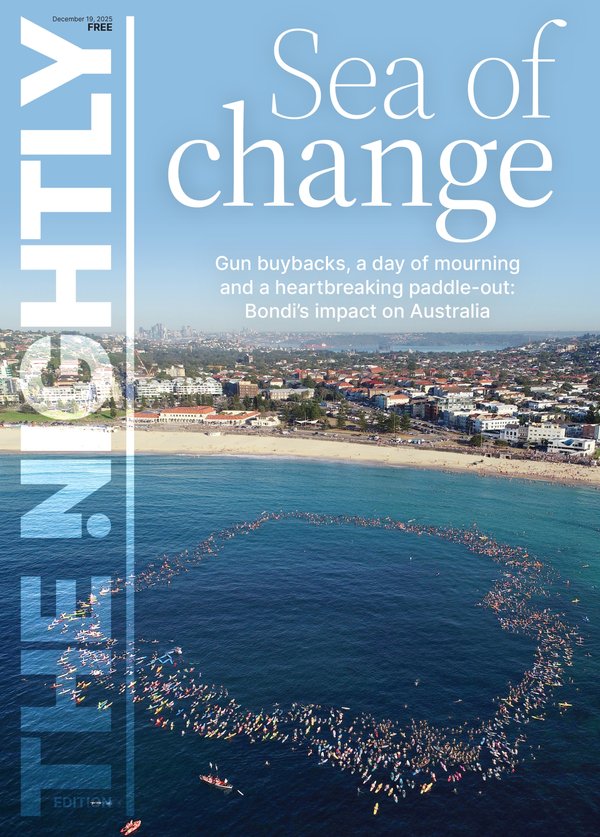Pre-Incan tomb found by utility workers in Peru with 1000-year-old remains

Utility workers excavating trenches to expand underground gas networks in Peru’s capital unearthed two pre-Incan tombs on Thursday. One was empty, but the other held the 1000-year-old remains of an individual, alongside four clay vessels and three pumpkin shell artifacts.
This isn’t the first time Cálidda, the company that distributes natural gas in Lima, has found archaeological remains. Over more than two decades of excavation work to expand the underground network, the company says it has made more than 2200 discoveries.
According to archaeologist José Aliaga, the vessels’ iconography and their black, white, and red colors “allow us to establish a connection with the pre-Incan Chancay culture,’ which is approximately 1,000 to 1,470 years old.” Aliaga told The Associated Press that the individual was found wrapped in a torn bundle, in a sitting position with his legs against his chest, and his team will continue cleaning the remains.
Sign up to The Nightly's newsletters.
Get the first look at the digital newspaper, curated daily stories and breaking headlines delivered to your inbox.
By continuing you agree to our Terms and Privacy Policy.“Lima is unique among Latin American capitals,” Aliaga said, “in that various archaeological finds are unearthed during nearly every civil project.”
The Peruvian capital, a city of 10 million people, has more than 400 archaeological sites from the Inca era, the 15th century, or earlier, from the pre-Inca period, according to the Ministry of Culture.
On Thursday, passersby stopped in their tracks to observe the burial site, even taking out their cellphones to take a picture.
“I always thought they were paths where no one had lived,” said Flor Prieto, who was walking with her 7-year-old daughter. “But now I know that people older than the Incas have lived there…it feels so exciting.”
“It is very common to find archaeological remains on the Peruvian coast, including Lima, mainly funerary elements: tombs, burials, and, among these, mummified individuals,” said Pieter Van Dalen, dean of the College of Archaeologists of Peru. Van Dalen was not involved in Thursday’s discovery.
